ISO 15186-2-2003 聲學(xué).用聲強(qiáng)測定建筑物和建筑構(gòu)件的隔聲性能.第2部分:現(xiàn)場測量
作者:百檢網(wǎng) 時間:2021-08-04
中文標(biāo)準(zhǔn)名稱:聲學(xué).用聲強(qiáng)測定建筑物和建筑構(gòu)件的隔聲性能.第2部分:現(xiàn)場測量
英文標(biāo)準(zhǔn)名稱:Acoustics - Measurement of sound insulation in buildings and of building elements using sound intensity - Part 2: Field measurements
標(biāo)準(zhǔn)類型:Z32
發(fā)布日期:1999/12/31 12:00:00
實施日期:1999/12/31 12:00:00
中國標(biāo)準(zhǔn)分類號:Z32
國際標(biāo)準(zhǔn)分類號:91.120.20
適用范圍:1 General This part of ISO 15186 specifies a sound intensity method to determine the in-situ sound insulation of waits, floors, doors, windows and small building elements. It is intended for measurements that have to be made in the presence of flanking transmission. It can be used to provide sound power data for diagnostic analysts of flanking transmission or to measure flanking sound insulation parameters. This part of ISO 15186 can be used by laboratories that could not satisfy the requirements of ISO 15186-1, which deals with laboratory measurements with no or little flanking transmission. ISO 15186-3 deals with measurements under laboratory conditions, at low frequencies. This part of ISO 15186 also describes the effect of flanking transmission on measurements made using the specified method, and how intensity measurements can be used — to compare the in-situ sound insulation of a building element with laboratory measurements where flanking has been suppressed (i.e. ISO 140-3), — to rank the partial contributions for building elements, and — to measure the flanking sound reduction index for one or more transmission paths (for validation of prediction models such as those given in EN 12354-1). This method gives values for airborne sound insulation, which are frequency dependent. They can be converted into a single number, characterizing the acoustic performance, by application of ISO 717-1. 2 Precision The reproducibility of this intensity method is estimated to be equal to or better than that of the methods of ISO 140-10 and ISO 140-4, when measuring a single small and large building element, respectively. If sound reduction measures made using this method are to be compared with those made using the conventional reverberation room method in various parts of ISO 140, then it will be necessary to introduce an adaptation term that reflects the bias between the test methods. This term is given in Annex A. NOTE 2 Some information about the accuracy for this part of ISO 15186 and its relationship to the sound reduction index measured according to ISO 140-3 and ISO 140-4 is given in Annex B. NOTE 3 Flanking transmission is discussed in Annex C.
相關(guān)標(biāo)準(zhǔn)
《Q/LPYSY0029-20208.3》車輛電器電子零部件EMC要求
《Q/WMJ023068A-201910》乘用車高壓電氣、電子零部件補(bǔ)充電磁兼容規(guī)范
《ISO11452-4:2020》道路車輛 電氣部件對窄帶輻射電磁能的抗擾性試驗方法 第4部分:線束激勵法
《Q/LPYSY0029-20208.15》車輛電器電子零部件EMC要求
《Q/BNM-TTS-0401—20195.1》電子電器零部件/系統(tǒng)電磁兼容測試規(guī)范 (低壓部件)
《Q/LQBC-208—201913》乘用車零部件電磁兼容性規(guī)范
《Q/LPYSY0029-20208.18》車輛電器電子零部件EMC要求
《Q/WMJ023068A-201913》乘用車高壓電氣、電子零部件補(bǔ)充電磁兼容規(guī)范
《Q/LPYSY0029-20208.8》車輛電器電子零部件EMC要求
百檢能給您帶來哪些改變?
1、檢測行業(yè)全覆蓋,滿足不同的檢測;
2、實驗室全覆蓋,就近分配本地化檢測;
3、工程師一對一服務(wù),讓檢測更精準(zhǔn);
4、免費初檢,初檢不收取檢測費用;
5、自助下單 快遞免費上門取樣;
6、周期短,費用低,服務(wù)周到;
7、擁有CMA、CNAS、CAL等權(quán)威資質(zhì);
8、檢測報告權(quán)威有效、中國通用;
客戶案例展示
相關(guān)商品
相關(guān)資訊

最新資訊
版權(quán)與免責(zé)聲明
①本網(wǎng)注名來源于“互聯(lián)網(wǎng)”的所有作品,版權(quán)歸原作者或者來源機(jī)構(gòu)所有,如果有涉及作品內(nèi)容、版權(quán)等問題,請在作品發(fā)表之日起一個月內(nèi)與本網(wǎng)聯(lián)系,聯(lián)系郵箱service@baijiantest.com,否則視為默認(rèn)百檢網(wǎng)有權(quán)進(jìn)行轉(zhuǎn)載。
②本網(wǎng)注名來源于“百檢網(wǎng)”的所有作品,版權(quán)歸百檢網(wǎng)所有,未經(jīng)本網(wǎng)授權(quán)不得轉(zhuǎn)載、摘編或利用其它方式使用。想要轉(zhuǎn)載本網(wǎng)作品,請聯(lián)系:service@baijiantest.com。已獲本網(wǎng)授權(quán)的作品,應(yīng)在授權(quán)范圍內(nèi)使用,并注明"來源:百檢網(wǎng)"。違者本網(wǎng)將追究相關(guān)法律責(zé)任。
③本網(wǎng)所載作品僅代表作者獨立觀點,不代表百檢立場,用戶需作出獨立判斷,如有異議或投訴,請聯(lián)系service@baijiantest.com




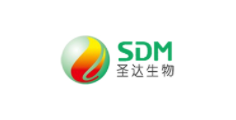

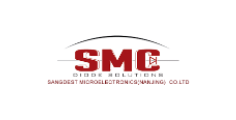
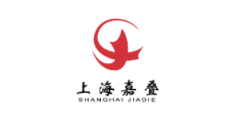


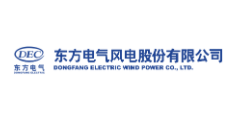
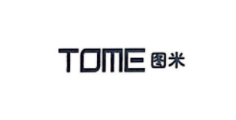

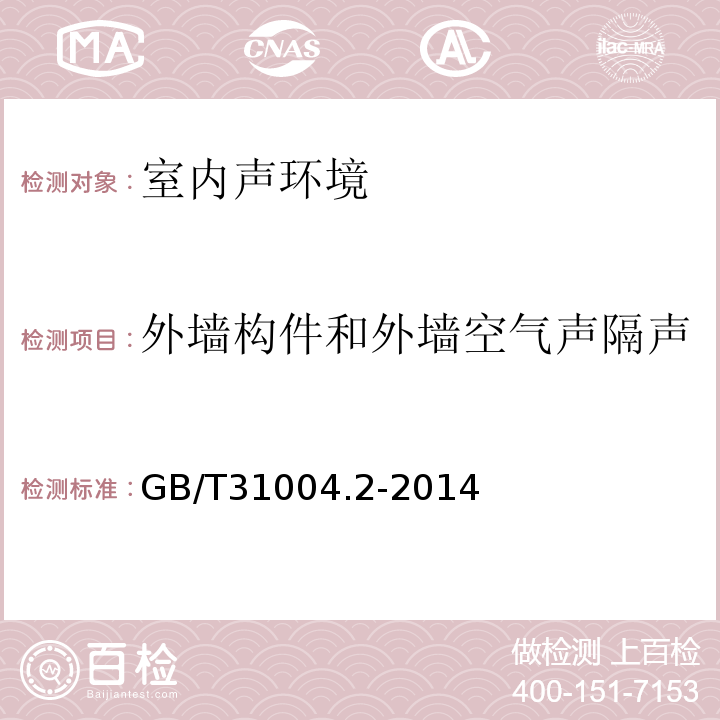
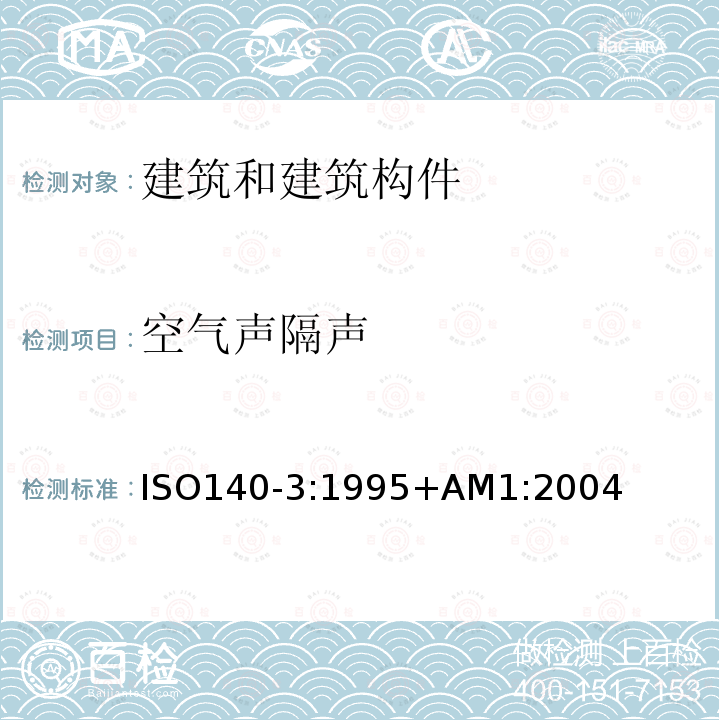

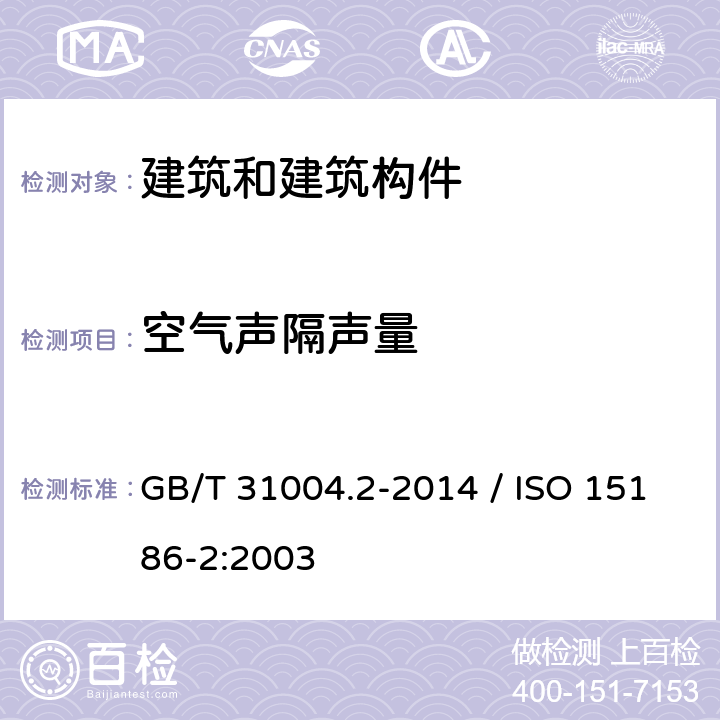
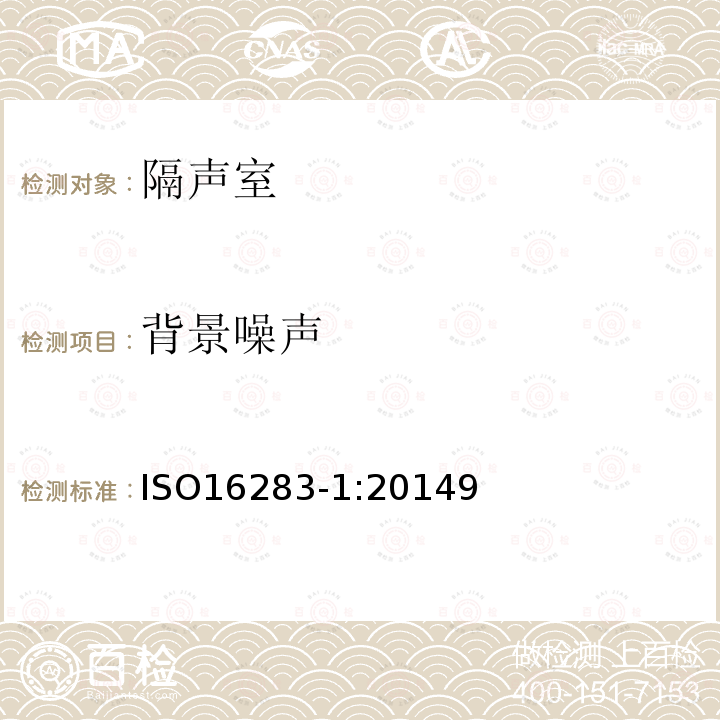
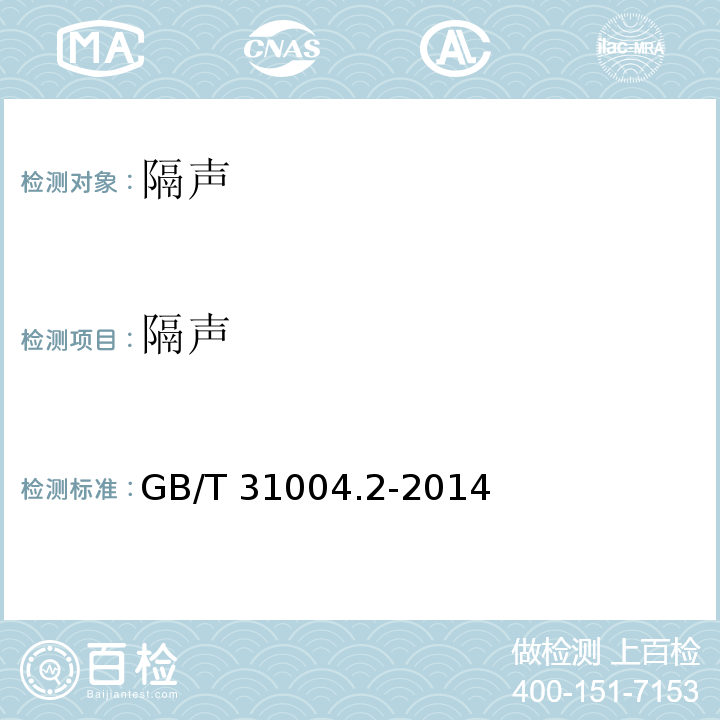

.png)


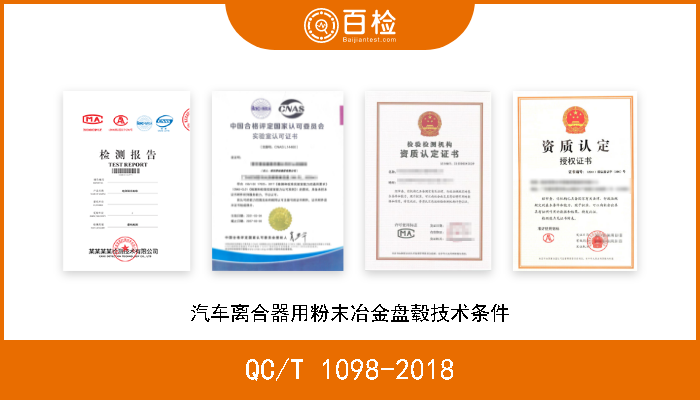
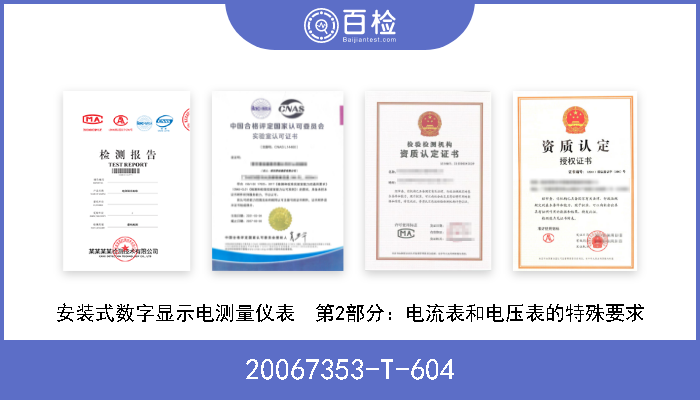
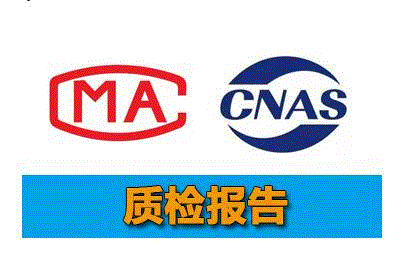

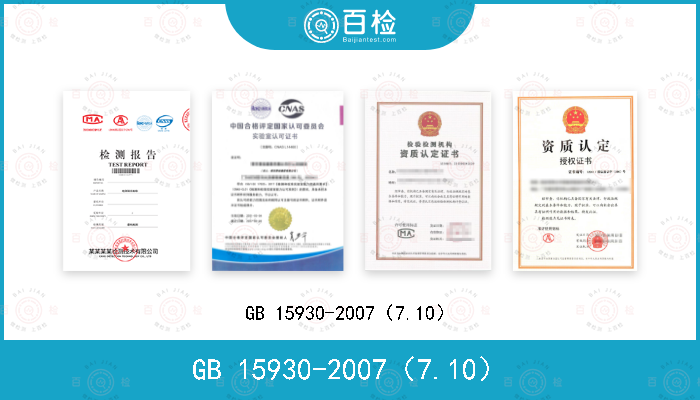




 400-101-7153
400-101-7153 15201733840
15201733840

